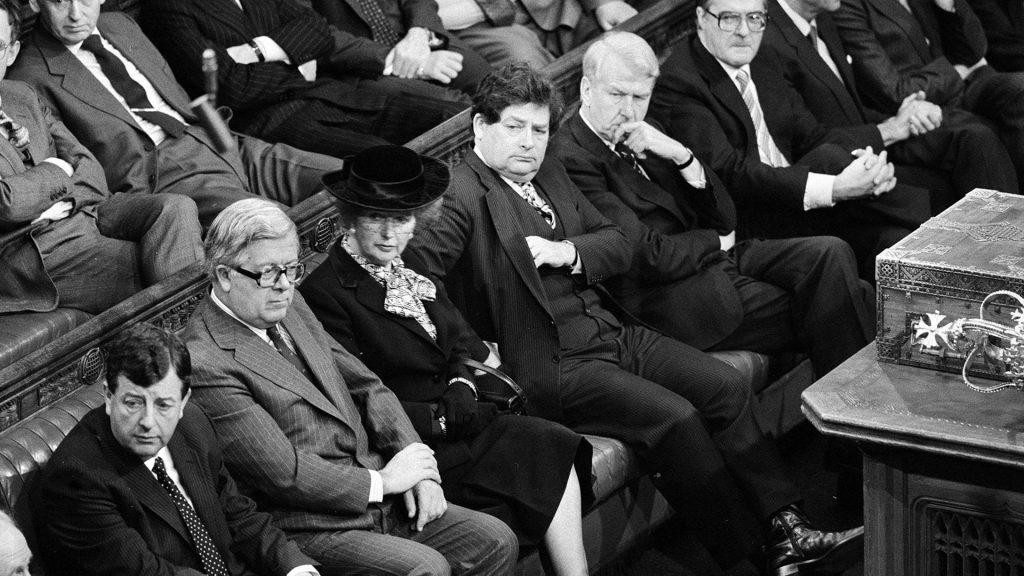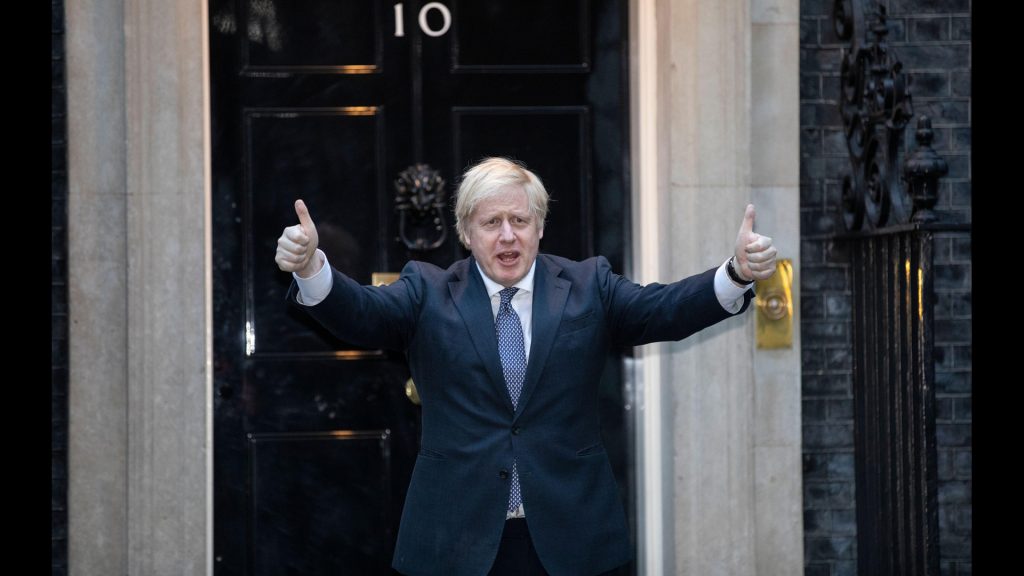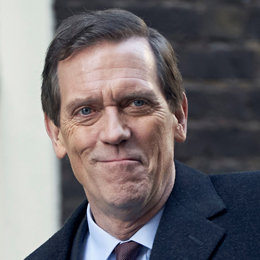Becoming the British Prime Minister: The Power and Perils
In Roadkill, roguish British politician Peter Laurence (played by Hugh Laurie) is rising through the ranks of government, thanks to his charisma, nerve, and luck. “Every politician expects to be Prime Minister,” his party’s chair observes. How does Peter—or anyone—get that top job? What are its powers? And how does a Prime Minister fall from grace in the cutthroat struggle to rule Britannia?
- 1.
How to Become Prime Minister


England’s first Prime Minister, Sir Robert Walpole (at left, with sash), circa 1730. To be Prime Minister, you must first become a member of Parliament, specifically the House of Commons. (The other branch of Parliament, the House of Lords, has lost most of its powers.) To run for Parliament, the usual route is to secure your party’s nomination for a specific constituency. As a Conservative, Peter won the election for Hastings, where William the Conqueror took over England in 1066. Perhaps Peter considers this a favorable omen…
Once elected, you make yourself useful to your party in hopes of getting selected for a leadership role. When Roadkill opens, the Conservative Party is in power, and Peter is the Transport Minister, which is a cabinet position but also a bit of a backwater. Earlier, he held junior ministerial posts in health and culture. His immediate goal is to be chosen for one of the Great Offices of State: Chancellor of the Exchequer, Foreign Secretary, or Home Secretary, all prestigious cabinet spots and springboards to the highest post of all, Prime Minister.
- 2.
Powers of the Prime Minister


Prime Minister Margaret Thatcher (in black hat) and her cabinet on the front bench at the House of Commons, 1986. Much like a president, the Prime Minister is the head of government. However, there are differences. The duties of the President of the United States are spelled out in the Constitution. Not so the Prime Minister, since Britain has no written constitution. Instead, the office has evolved as the powers of the House of Commons have increased at the expense of the monarchy and the House of Lords. The official Cabinet Manual says this: “The Prime Minister has few statutory functions but will usually take the lead on significant matters of state.” That’s putting it mildly. Former U.S. President Lyndon B. Johnson said it best: “Power is where power goes”—meaning that in the U.K., an ambitious Prime Minister who has the backing of Parliament can do practically anything.
- 3.
Perils of the Prime Minister


Prime Minister Boris Johnson at No. 10 Downing Street, London—the Prime Minister’s official residence—2020. One of the Prime Minister’s traditional powers is the right to appoint and remove cabinet ministers. However, ministers are Members of Parliament and have their own power bases. Therefore they can fight back, which is the dilemma faced by Roadkill’s Prime Minister Dawn Ellison (played by Helen McCrory). Dawn wants to reshuffle her cabinet but meets resistance, hinting at an intra-party revolt. Dethroning her would mean convincing other Conservative Party members to withdraw their support in a vote of no confidence. At that point, whoever is the new party leader would become Prime Minister.
This type of palace coup is entirely outside the general election cycle in British politics, which offers opposition parties a chance to rule. On the other hand, a conspiracy makes for gripping drama!




















